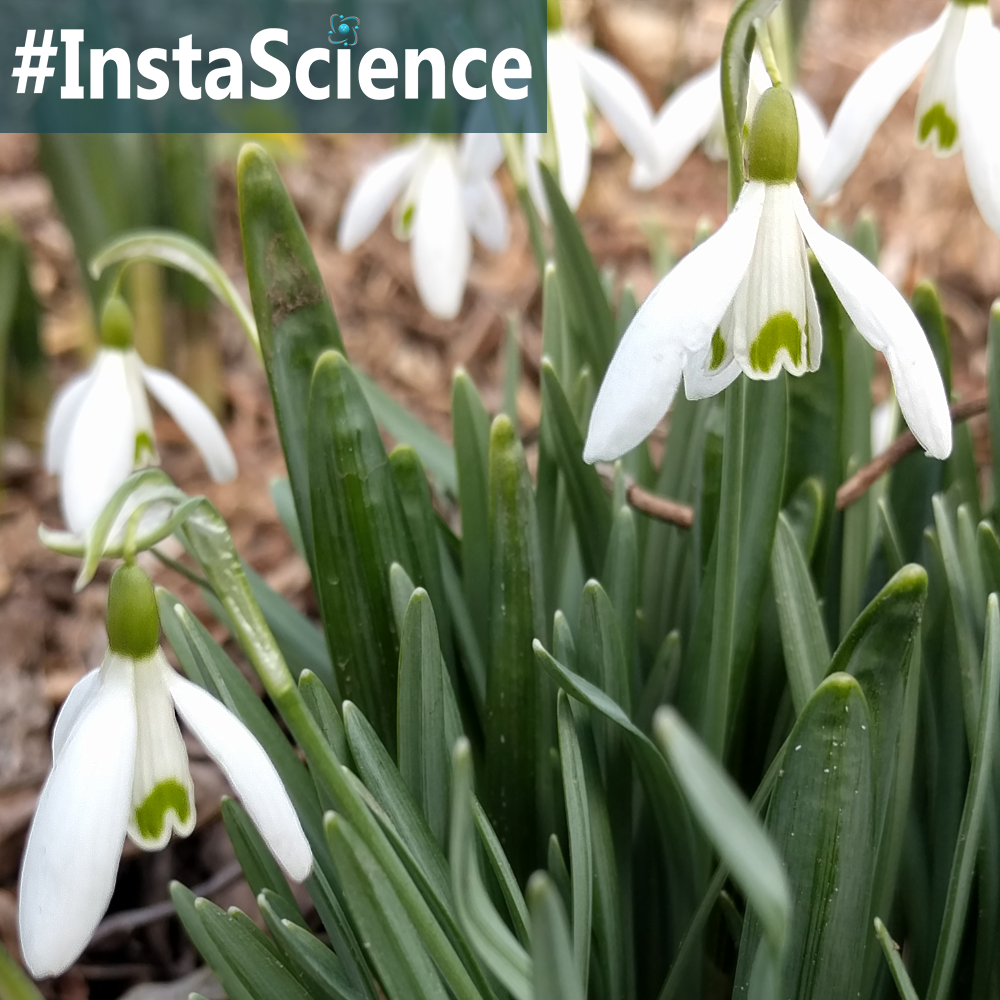
Ahh, spring is in the air. There’s a warm breeze blowing, birds chirping, and snowdrops dotting the ground! But don’t get lulled into a false sense of the season – old man winter can still rear his frozen head.
Snowdrops are one of the first flowers to appear each spring. These blooms typically appear as soon as the temperatures are regularly above freezing – depending on where you live this can be in February or March. But don’t be fooled by their delicate appearance, they are extremely cold tolerant. In fact, they can withstand the snow, hail, and frigid wind that comes with a spring snow shower.
Snowdrops have only one flower per stem. These flowers have three white outer petals that hang down over a greenish white inner flower. The shape of a snowdrop is perfect for being pollinated by a sluggish bee, which is one of the few insects awake and moving during this time of year.
Once pollinated, they produce tiny white seeds that secrete a substance very attractive to ants. These ants will transfer the seeds via their tunnels and if conditions are right a new bunch of snowdrops will appear the following year. Snowdrops can also be propagated by the transferring the bulbs they form, just like most spring flowers.
The snowdrop, whose official name is Galanthus nivalis, once grew wild all over Europe and Asia, but now they can be found in forests and gardens around the world. They prefer well-drained soil with full to partial sunlight. These flowers are perennial plants that survive about two years in the wild.
Fun Fact – Galanthamine is a substance that can be isolated from snowdrops – recent research has shown that this chemical can be used to improve sleep and might be useful in the treatment of Alzheimer’s disease.
More Homeschool Science Helps
- This time last year, we shared about Snow.
- Don’t miss episode 22 of my podcast where I shared about whether or not you should bother adding in the “extras” to your science plan!
Related Homeschool Science Activities
Keep the learning going with these science activities!
- Spring Flower Book – Have your students document the flowers they see appearing this spring! As the weather warms, take a daily walk around your area to see what flowers have appeared. When you see a flower, write down when and where you saw the bloom. Then, take a picture or draw one of your own. Keep adding pages as new flowers appear. Next spring, you can wait to see if those same flowers appear around the same time!
- Poem – “Snowdrops” by Lord Alfred Tennyson
Links to Research
- Snowdrop Facts
- Snowdrop | Nature’s Calendar
- Galanthamine from snowdrops – the development of a modern drug.
- {Video} Early spring snowdrop flower time laps.
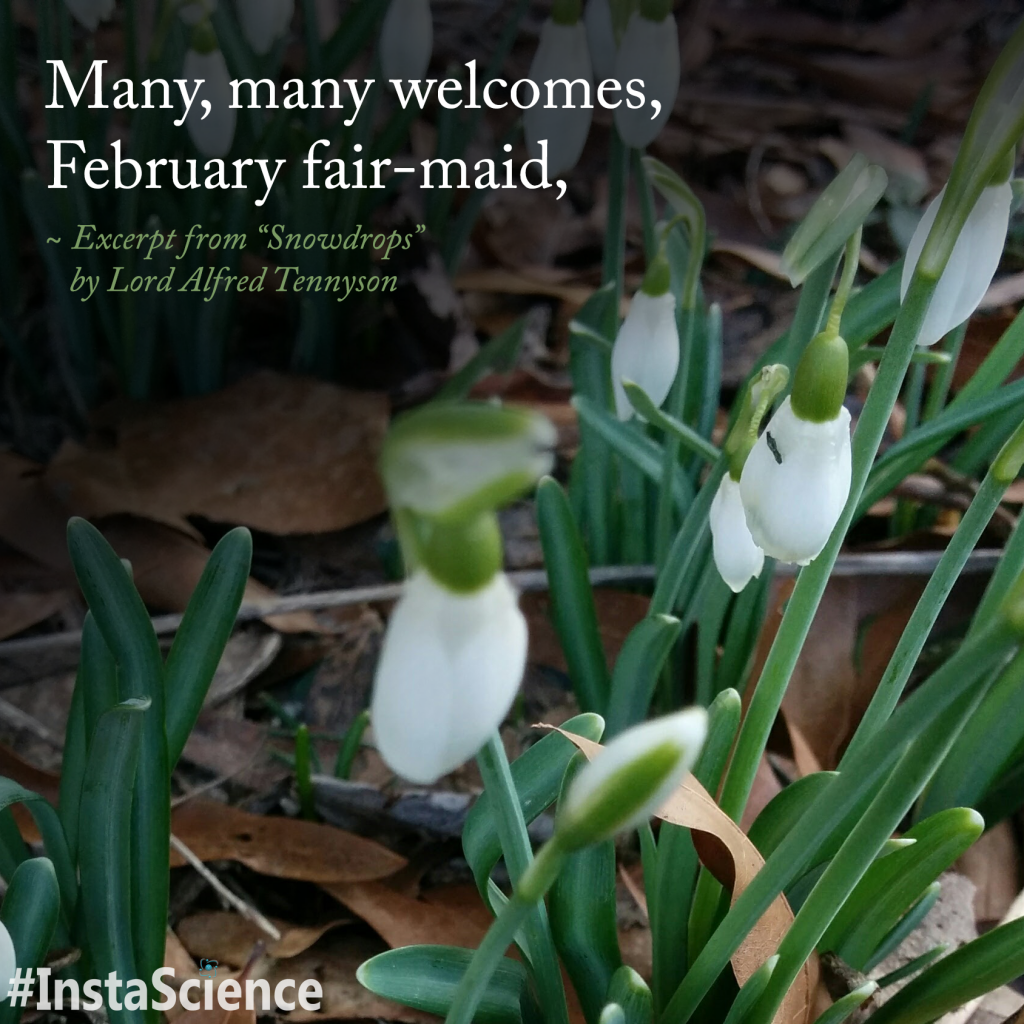
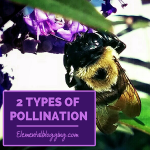
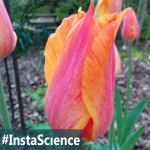
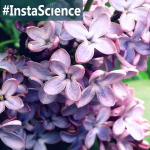


Join the Community!